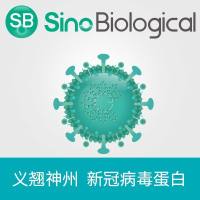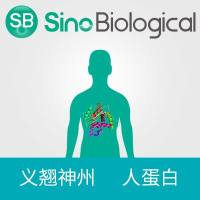Photochemical crosslinking is a powerful technique for characterization of RNA-protein interactions in ribonucleoprotein complexes. Intermolecular crosslinks can be generated without chemical modification of either the RNA or the protein by irradiation of native complexes with short wavelength ultraviolet (UV) light (254 nm). Covalent crosslinks form when the nucleotides or amino acids in the RNA and protein are photochemically converted to reactive species. This method has the advantage of allowing the study of interactions in which neither macromolecule has been modified, which can, in some cases, alter the way that the protein and RNA make contact. However, this approach produces very low crosslinking yields and often leads to nicking of the RNA and degradation of some proteins. This photodamage to the RNA and protein makes subsequent mapping of the position(s) of the crosslink(s) at the nucleotide and amino acid level difficult. Crosslinking by this method is also relatively nonspecific, making localization of the protein contacts to a single nucleotide or region in the RNA fairly difficult.






